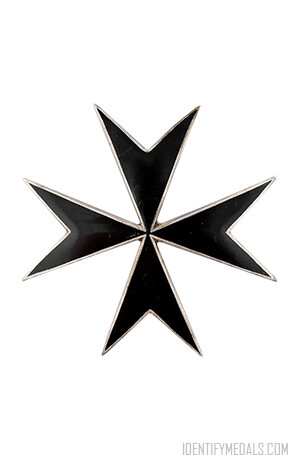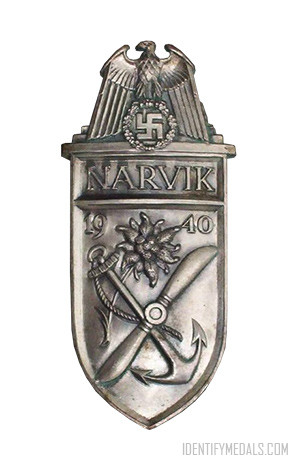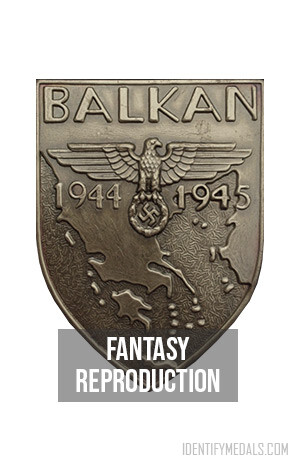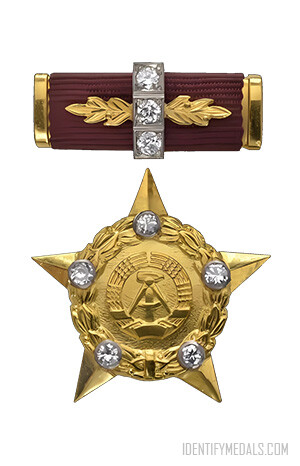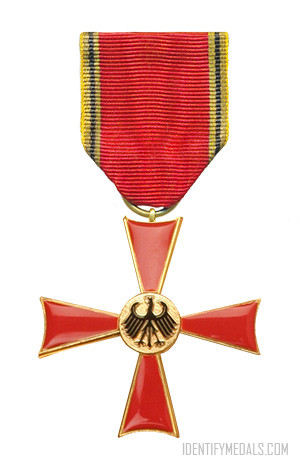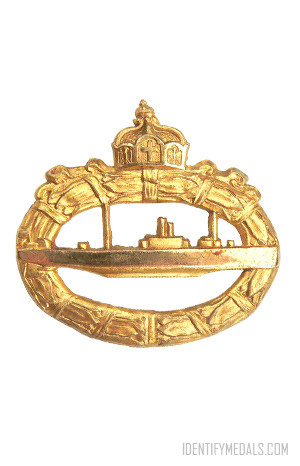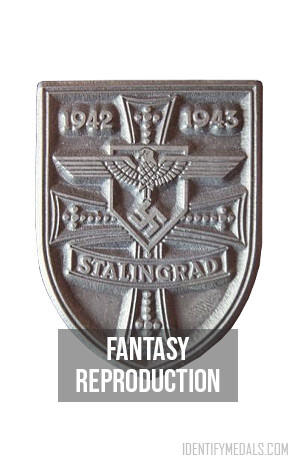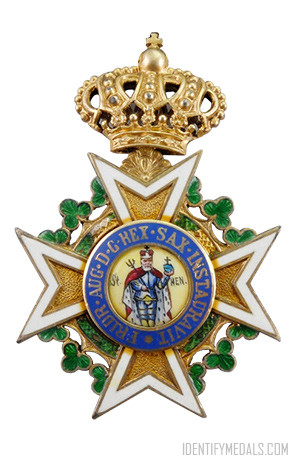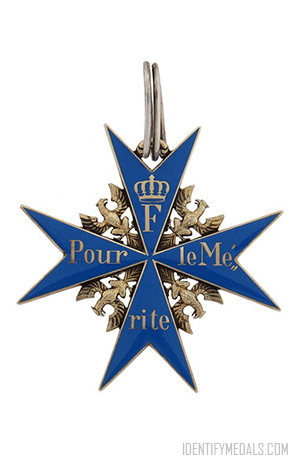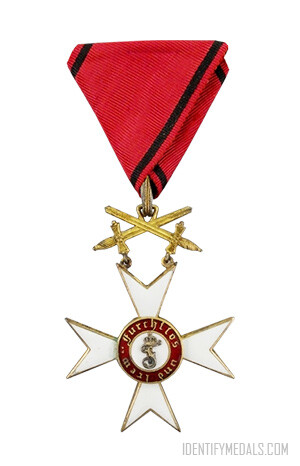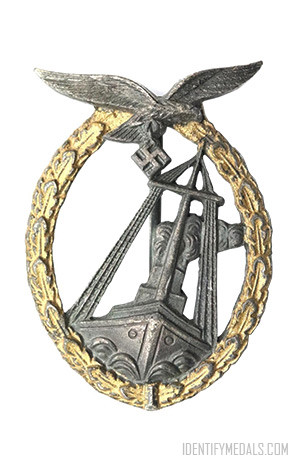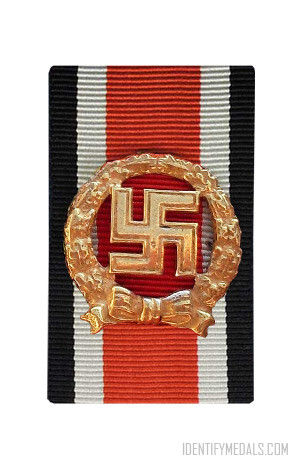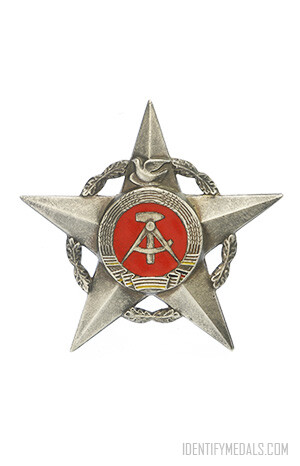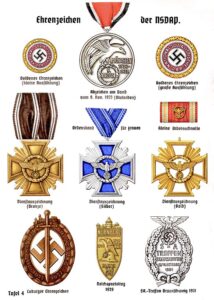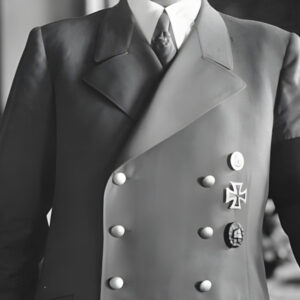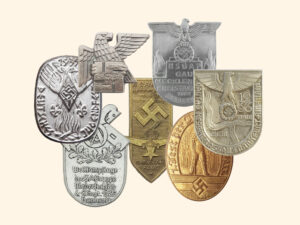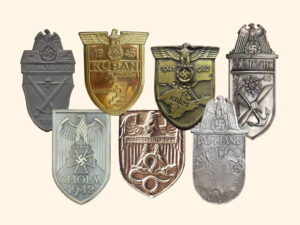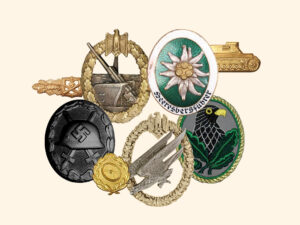- Time Period: Interwar Period
- Institution: 5 January 1919
- Country: Germany
The Freikorps Detachment von Randow German Knight’s Cross, also known as the “Randow Cross,” was created and designed by Captain Alfred von Randow in March 1919. It was primarily bestowed upon members of the Volunteer Detachment von Randow, a unit formed on January 5, 1919, tasked with ensuring security in the Baltic region.
This decoration aimed to foster camaraderie within the unit and serve as a memento of past experiences. Initially, it comprised two grades: the standard Knight’s Cross and a Silver Breast Star. The Grand Cross, accompanied by the Breast Star in Gold, was bestowed upon Commanders who displayed extraordinary merit. The Knight’s Cross was awarded for four months of exemplary service, while the Silver Breast Star recognized six months of commendable service.
The first ceremony honoring recipients took place on April 12, 1919, just nine days after the initial batch of crosses was delivered. Recipients received their awards along with certificates. In May 1919, two additional grades were introduced: the Gold Breast Star and the Grand Cross. The Knight’s Cross was further divided into I and II Class.
Although primarily awarded between 1919 and 1923, sporadic awards continued until 1928. Following the NSDAP’s rise to power in 1933, the award was entirely discontinued.
The Randow Cross Design
The cross features a quadrilateral eight-point design with black enamel. Because it was produced by several German manufacturers, its size may vary depending on the maker.
The I Class Cross was traditionally worn on the left breast pocket, secured by a vertical pin and the II Class Cross was worn suspended from a black ribbon, adorned with a clasp in the shape of crossed swords and a crown. Both the Breast Star in Silver and Gold were affixed to the tunic pocket. The Grand Cross was worn as a decorative neckpiece.

